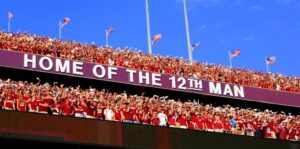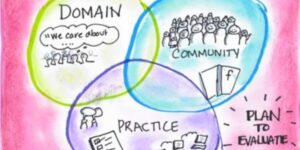
Community: A Brand’s Most Powerful Friend
Are you selling products to a market? Or are you investing in relationships that will lift your brand? Community counts.

Are you selling products to a market? Or are you investing in relationships that will lift your brand? Community counts.

Digital communities: Why are they a challenge for businesses to create and maintain? How can enterprise organizations up their community game?
Birds aren’t known to be mental giants. After all, does anyone really want to be called a “bird brain?” Yet, when it comes to communities, perhaps one of the smartest things you can do is to think like a bird. Here’s why…
People have very strong feelings about the definition of “community” in a social business context. And this week in the World of Work, we’ll dig even deeper into the differences and similarities among talent communities, social communities, and other communities supported by digital channels…